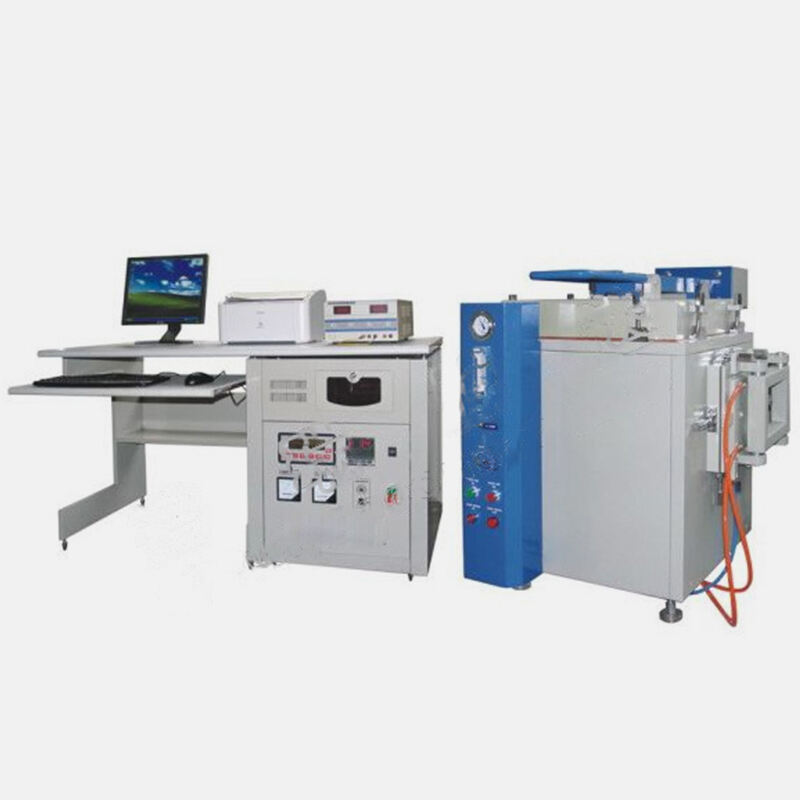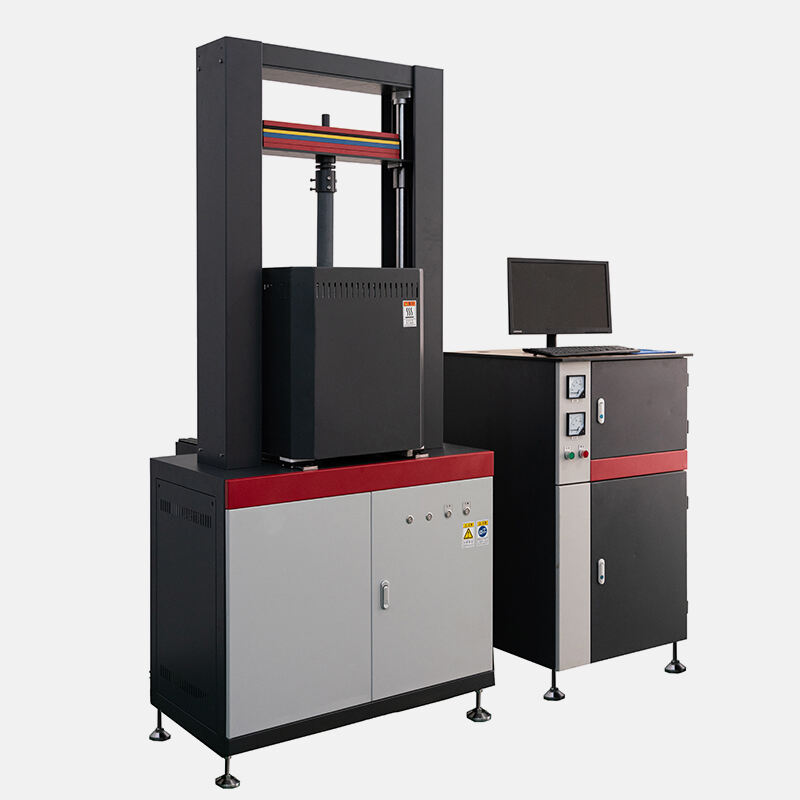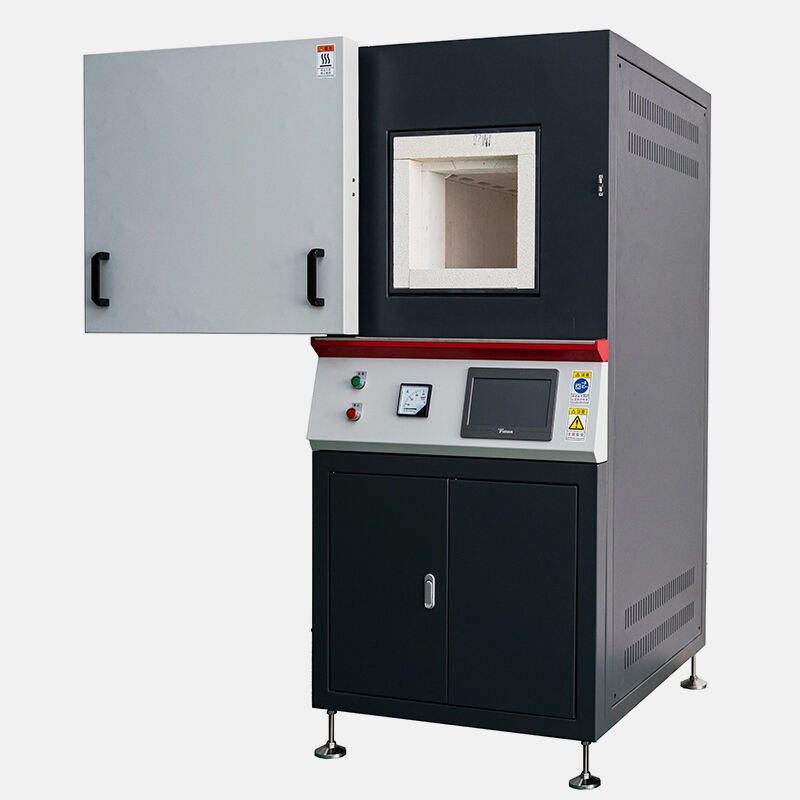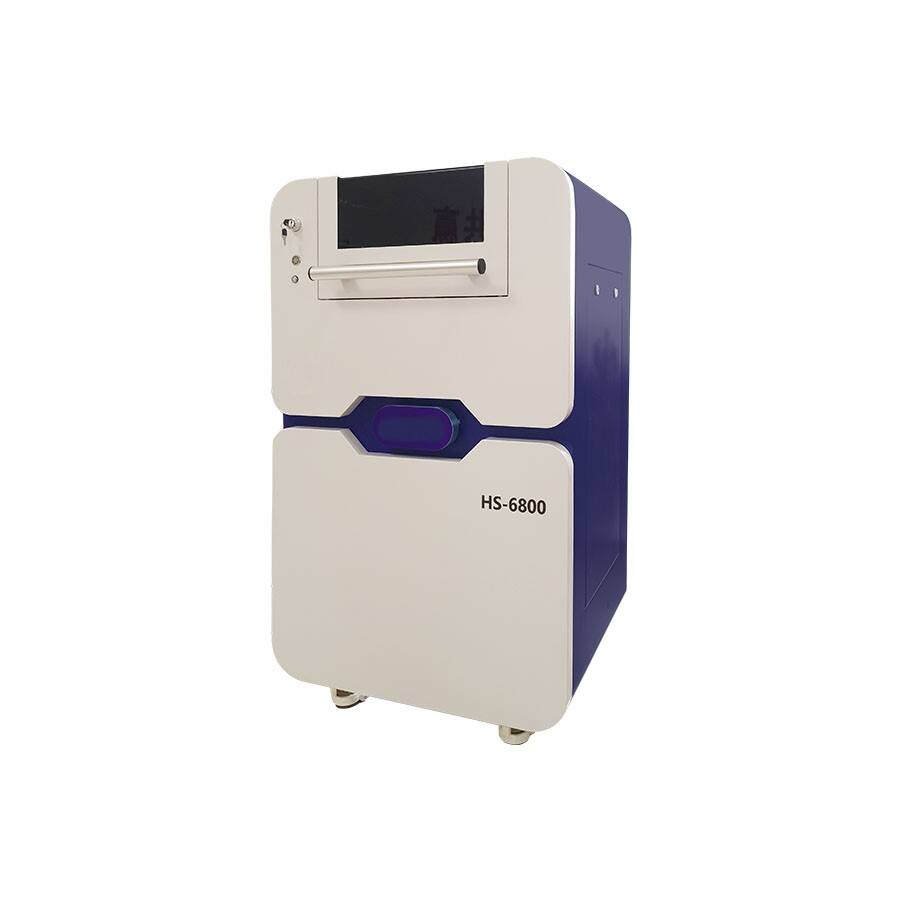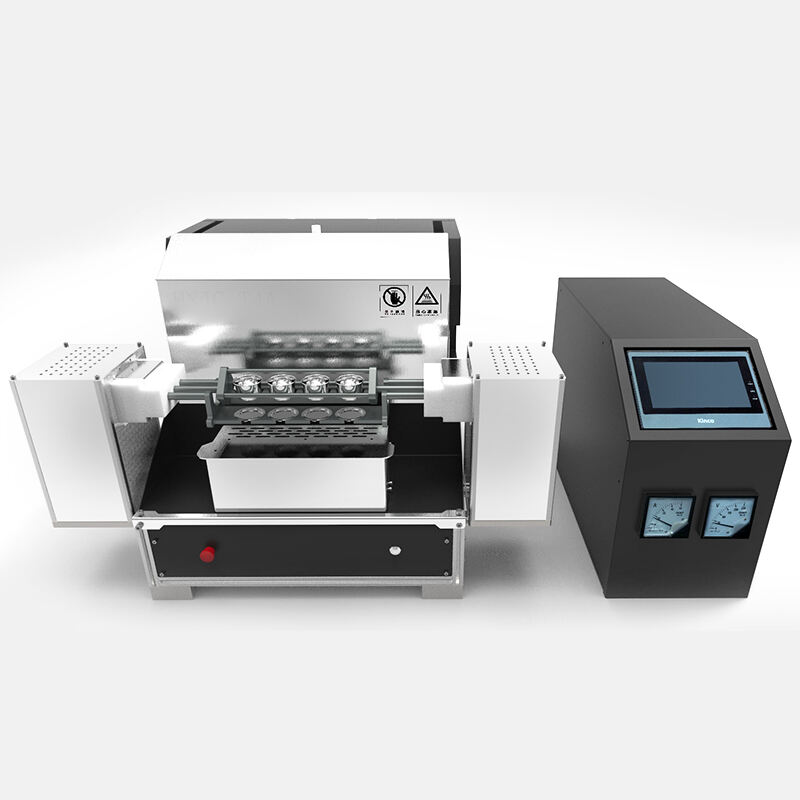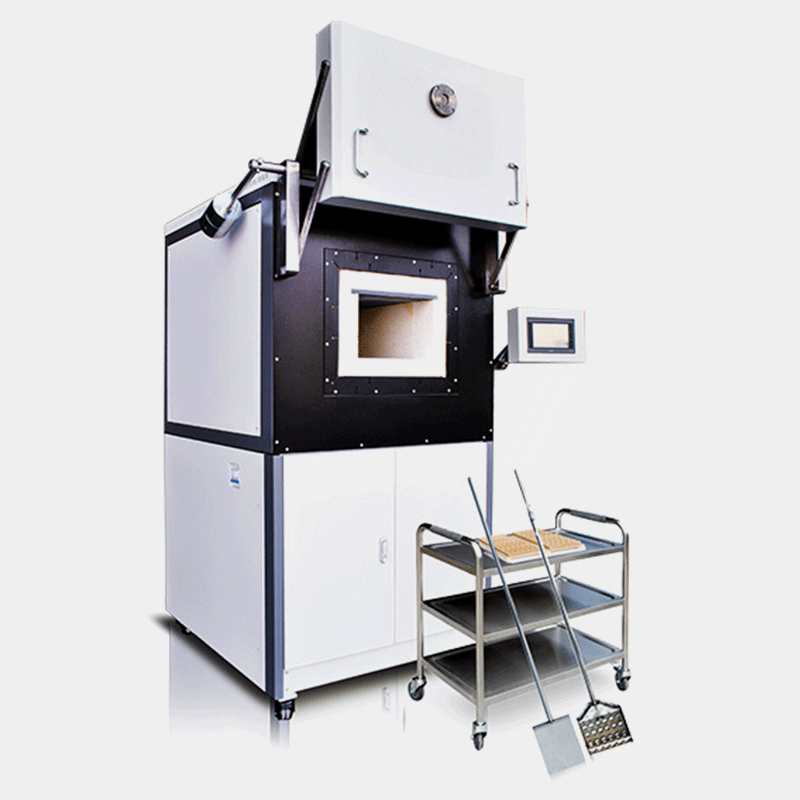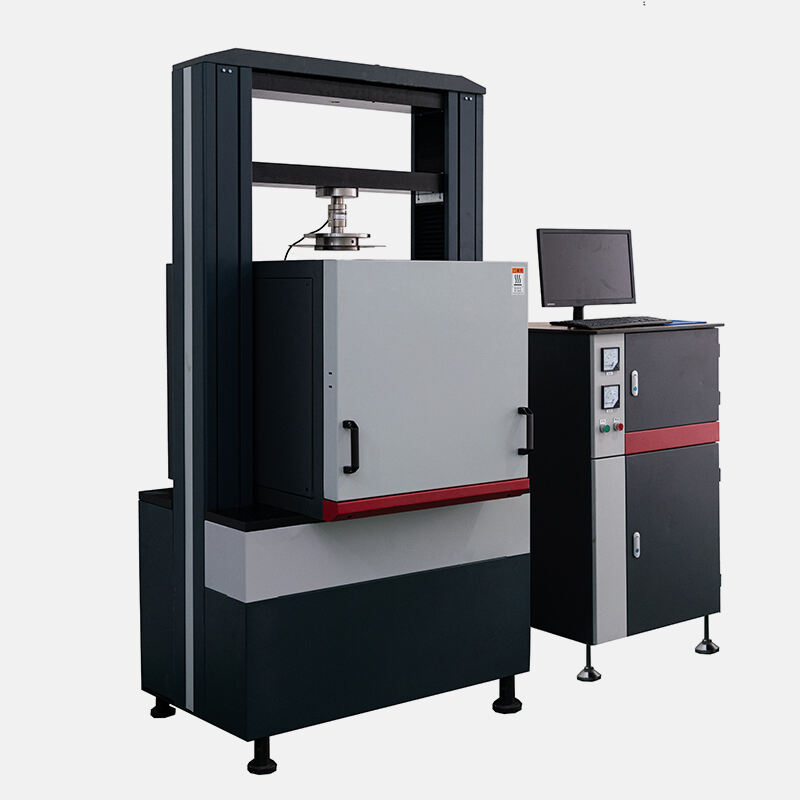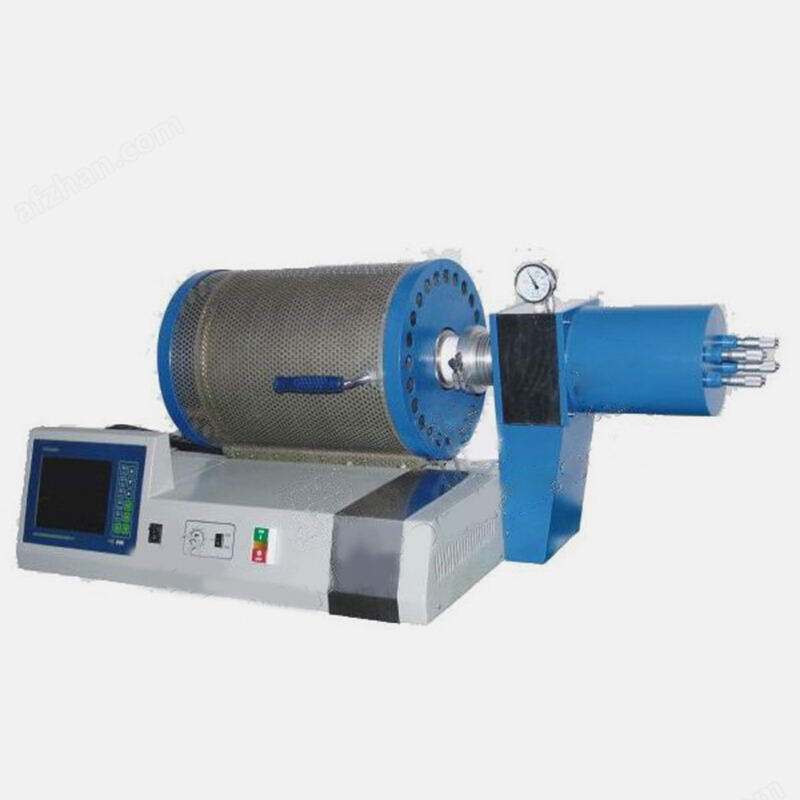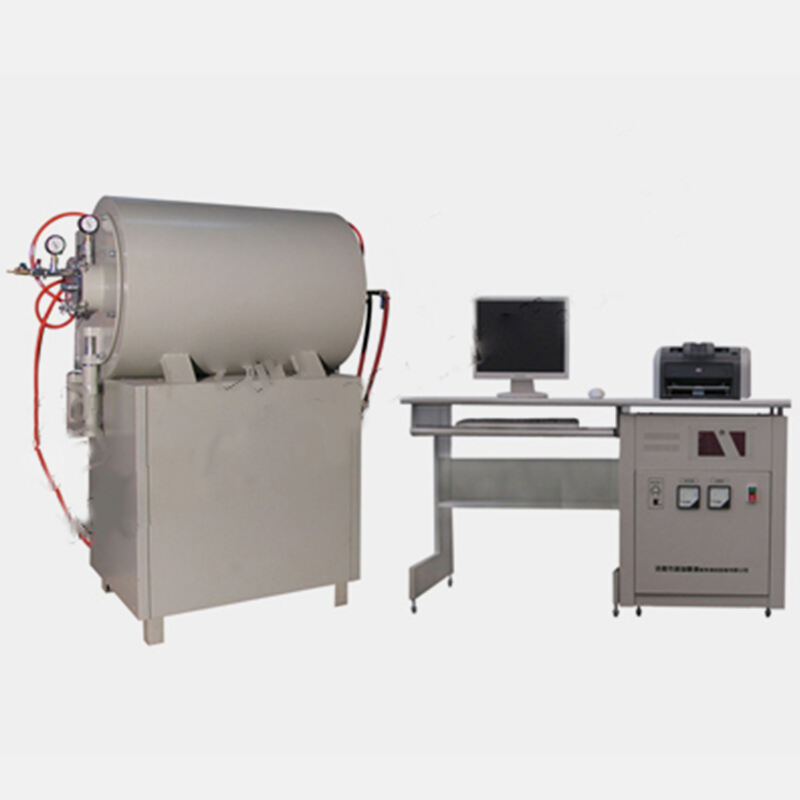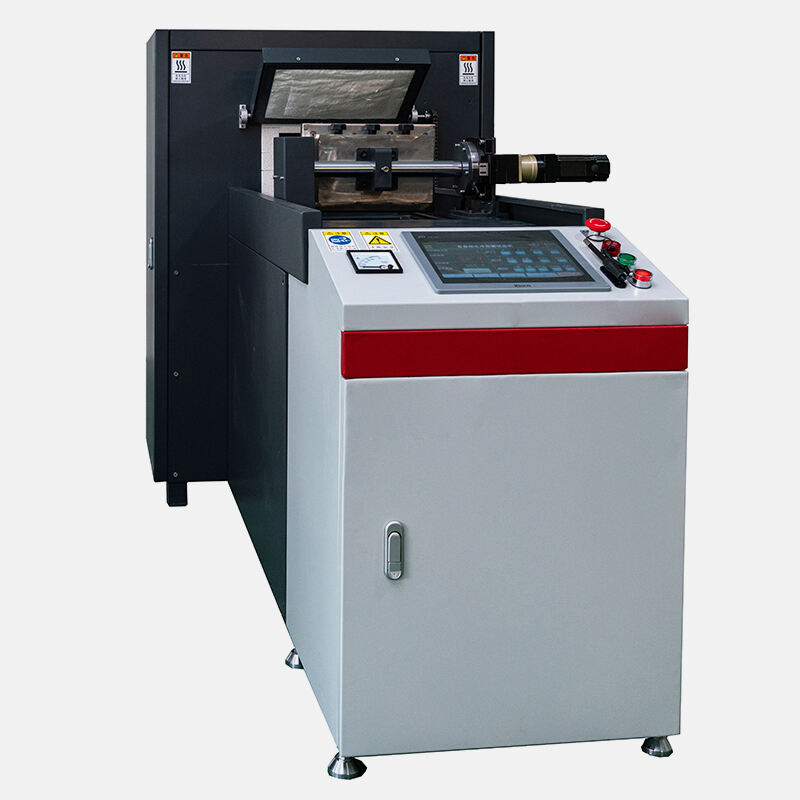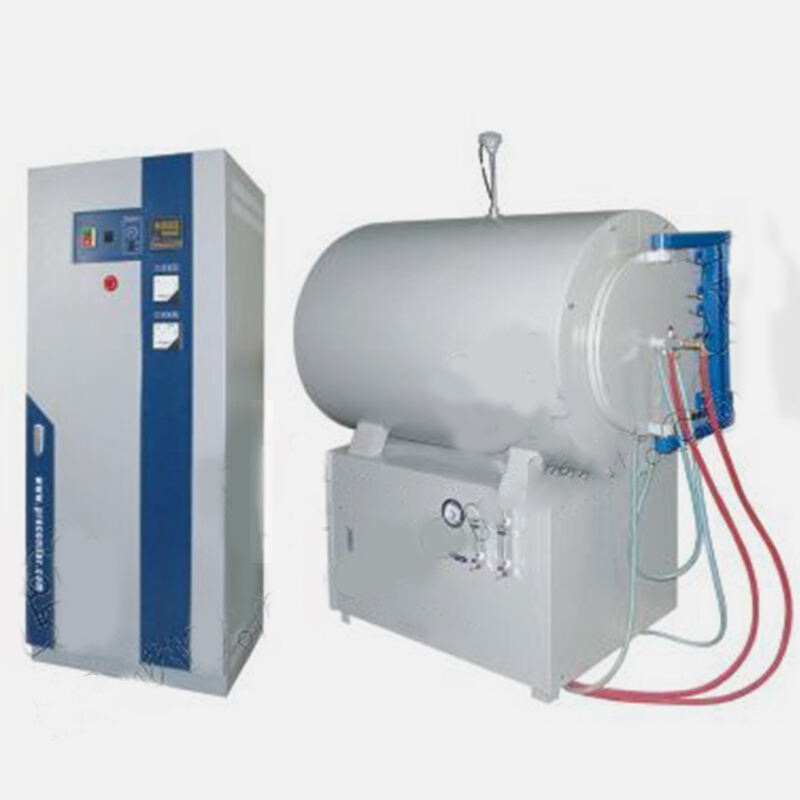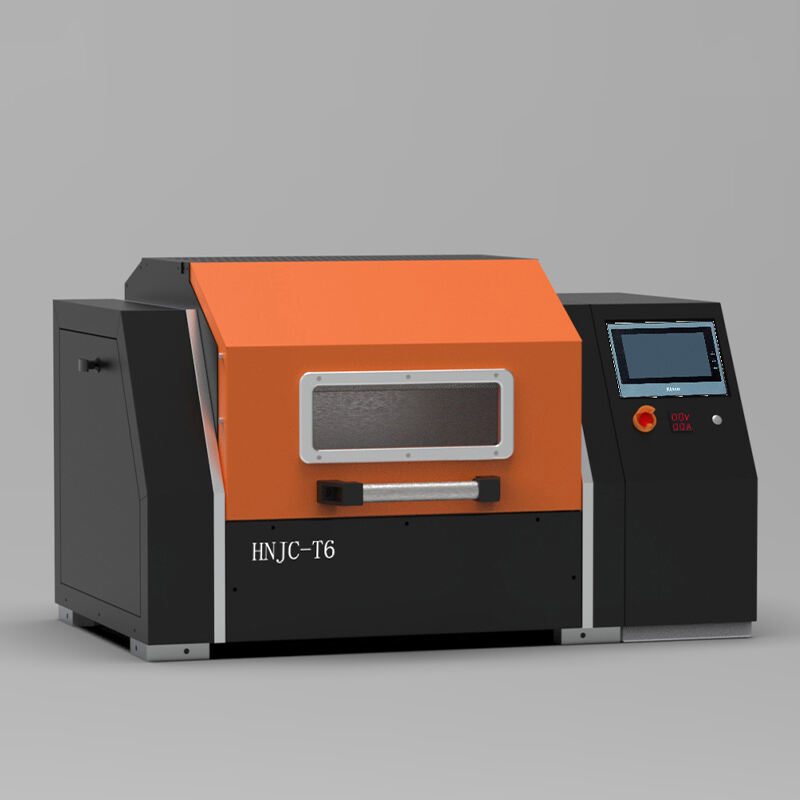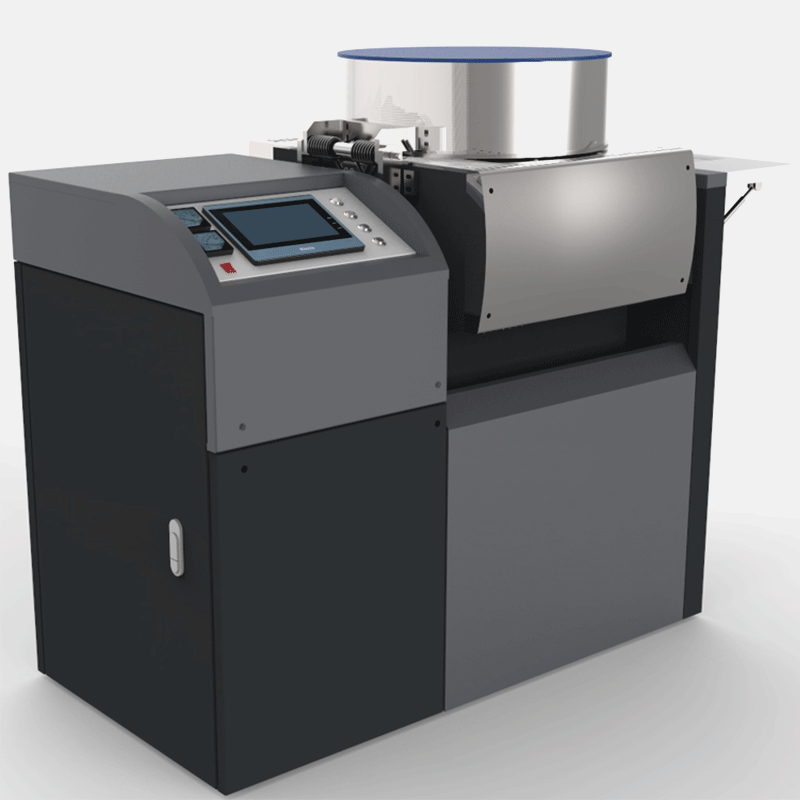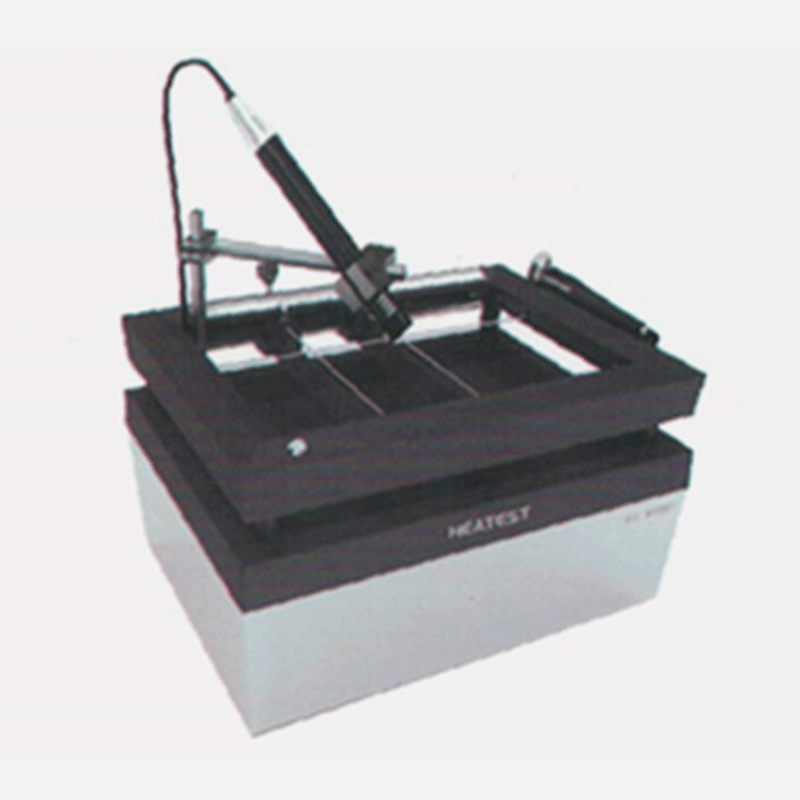Application value of high temperature load-soft creep tester in refractory material factory
The application value of Refractoriness under load (RUL) and creep in compression (CIC) testing machine in refractory materials factory
High temperature load-soft creep tester is the core quality control and R&D equipment of refractory materials factory. Its role runs through the whole process of product development, production monitoring and performance optimization. Its specific value is reflected in the following aspects:
1. Ensure product quality and performance meet standards
1) Accurately measure key performance indicators
The equipment directly measures the high temperature load softening temperature (the critical temperature at which the material begins to deform under load) and high temperature compressive creep rate (deformation rate under constant temperature and load) of refractory materials. These two are mandatory performance parameters required by international/national standards (such as GB/T 5073-2005, GB/T 5989-2008). Through testing, the factory can ensure that the product meets the customer's technical agreement and industry specifications, avoiding returns or claims due to substandard performance.
2) Predicting actual service life
Refractory materials are subjected to mechanical loads (such as static pressure of molten steel and thermal stress) for a long time in high-temperature kilns, and their failure is often caused by slow creep deformation. The tester simulates working conditions (such as 0.2MPa pressure and constant temperature of 1400-1600℃) and quantifies the deformation rate (creep rate calculation formula: P = (Ln - Lo) / L1 × 100%) to provide data support for predicting the service life of materials in real environments.
2. Driving formula optimization and process improvement
1) Guiding raw material selection and formula design
By comparing the creep curves of samples with different formulas (such as initial creep, steady-state creep, and accelerated creep stages), identify the effects of raw material purity, impurity content (such as Na₂O, CaO), and glass phase ratio on high-temperature stability. For example, adding quartz particles to high-alumina bricks can trigger the "reverse creep effect" (mullite-associated expansion), offset shrinkage deformation, and significantly improve creep resistance.
2) Optimizing production process parameters
Test data can be fed back to the production link to guide the adjustment of particle grading, molding pressure or firing system (such as heating curve, insulation time). High-density green body or reasonable sintering process can reduce porosity and enhance the material's ability to resist deformation
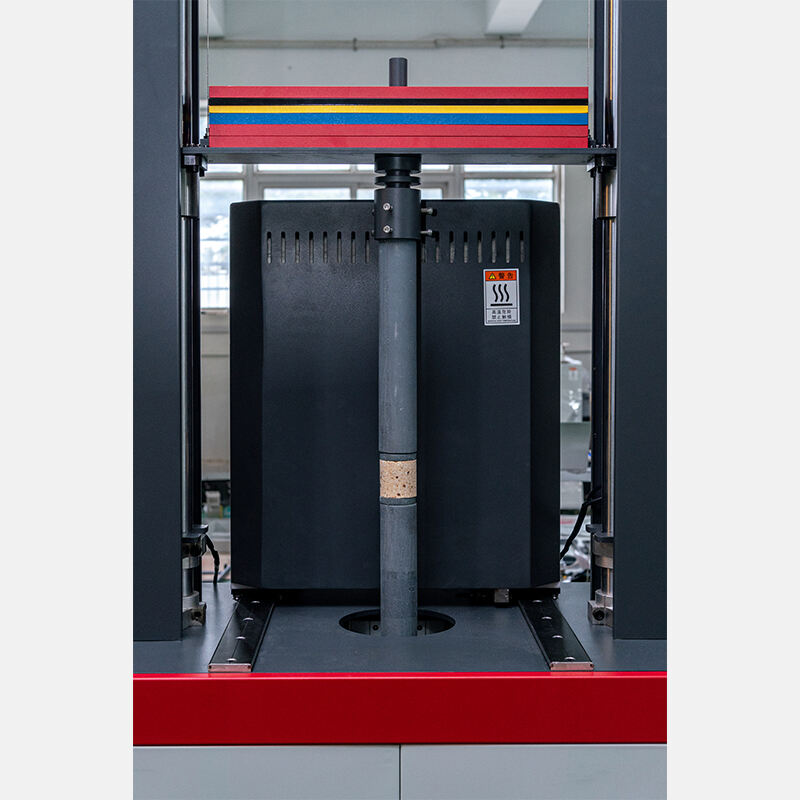
3. Significantly improve test efficiency and reduce energy consumption
1) Multi-sample parallel testing capability
Modern testers (such as patent CN202485994U and CN201464300U designs) use rectangular furnaces and modular structures, which can test 2-6 samples at a time (traditional equipment only supports 1), shortening the test cycle by more than 60%. For example, a single creep test takes 50-100 hours, and multi-channel synchronous operation can significantly reduce waiting time15.
2) Reduce comprehensive experimental costs
Multi-sample synchronous testing reduces repeated heating and cooling processes, and reduces power consumption by 50% (single sample consumes about 500kWh, and multi-sample systems only require 100-200kWh per sample). At the same time, it reduces equipment occupancy time and manual operation frequency
4. Collaborative optimization of technological innovation and equipment design
1) Precise temperature control and uniform heating
Adopt an open furnace (front/rear detachable) and a circumferential heating element layout (such as silicon-molybdenum rods) to ensure that the temperature difference in the uniform temperature zone in the furnace is ≤5°C, avoiding data deviation due to temperature gradient. The automatic lifting furnace design simplifies the sample loading process and improves operational safety.
2) Intelligent data management
Integrated computer control system, real-time collection of deformation-temperature-time data, automatic generation of curves and output reports (such as temperature-deformation, creep rate-time curves), support historical data backtracking and comparative analysis
5. Support industry compliance and market competitiveness
1) Meet multiple standard certifications
The equipment is compatible with the test requirements of national standards (GB/T), metallurgical standards (YB/T), and international standards (ISO), such as differential temperature rise method (GB/T 5989) and non-differential method (YB/T 370), helping products enter the international market.
2) Enhance customer trust and technical service capabilities
Provide authoritative test reports (such as creep rate, load softening temperature point), which can be used as an annex to the technical agreement to enhance customer confidence in product quality. At the same time, test data supports customized solutions (such as recommended materials for specific steel grades or furnace types)
6. Summary of the application value of high temperature load-soft creep tester in refractory materials factory
The following table summarizes the specific application scenarios and benefits of this equipment in the core departments of the factory:
| Application sector | Main application scenarios | Value realization |
| Quality Control Department | Factory product performance sampling inspection Customer customized product verification |
Ensure that products comply with national/international standards and avoid quality disputes and returns |
| Research and Development | New formula performance evaluation Raw material substitution research |
Shorten the R&D cycle by more than 50% Quantify the optimization direction (such as reducing impurity content) |
| Production Department | Process parameter adjustment verification Batch stability monitoring |
Guide the optimization of particle size distribution and sintering process to achieve rapid diagnosis of production problems |
| Sales and Technical Support | Provide product performance reports and customized solution support | Enhance customer trust and bargaining power Recommend the best material for specific working conditions |
| Equipment Management Department | Test process optimization Energy cost control |
Reduce energy consumption per sample by 50% Increase equipment utilization and turnover rate |
Summary
The high-temperature load-soft creep tester is a core tool for refractory plants to achieve product quality control, process innovation, and cost reduction and efficiency improvement. Its role is not limited to meeting standard testing requirements, but also promotes material design from experience-oriented to data-driven by quantifying high-temperature deformation behavior, and ultimately improves the reliability and service life of products in high-temperature industrial scenarios (such as steel and cement kilns). For medium and large factories with an annual output of 10,000 tons, investing in this equipment can recover costs within 1-2 years by reducing scrap rates, reducing testing costs, and increasing customer order premiums.
Recommended Products
Hot News
-
Operation method and precautions of high temperature expansion instrument
2025-07-14
-
Function and use of refractoriness test furnace
2025-07-01
-
High temperature load soft creep tester test material type
2025-06-23
-
Installation method and precautions of high temperature bending test machine
2025-06-18
-
Refractoriness under load (RUL) and creep in compression (CIC) testing machine purchasing process and precautions
2025-06-12
-
JZJ Testing Equipment HT706 High Temperature Load Softening Creep Tester was successfully exported to Uzbekistan, helping the Central Asian refractory industry upgrade--Title
2025-05-29
-
Application and characteristics of the Apparent porosity volume density testing machine
2025-05-19
-
The main application of lithium tetraborate
2025-05-13
-
Is it possible to use XRF melting sample for pure copper?
2025-05-08
-
Box-type resistance furnace in jewelry welding
2025-04-27

 EN
EN
 AR
AR
 BG
BG
 FR
FR
 DE
DE
 HI
HI
 IT
IT
 PL
PL
 PT
PT
 RU
RU
 ES
ES
 TL
TL
 IW
IW
 ID
ID
 UK
UK
 VI
VI
 TH
TH
 TR
TR
 FA
FA
 MS
MS
 UR
UR
 BN
BN
 KM
KM
 LO
LO
 PA
PA
 MY
MY
 KK
KK

